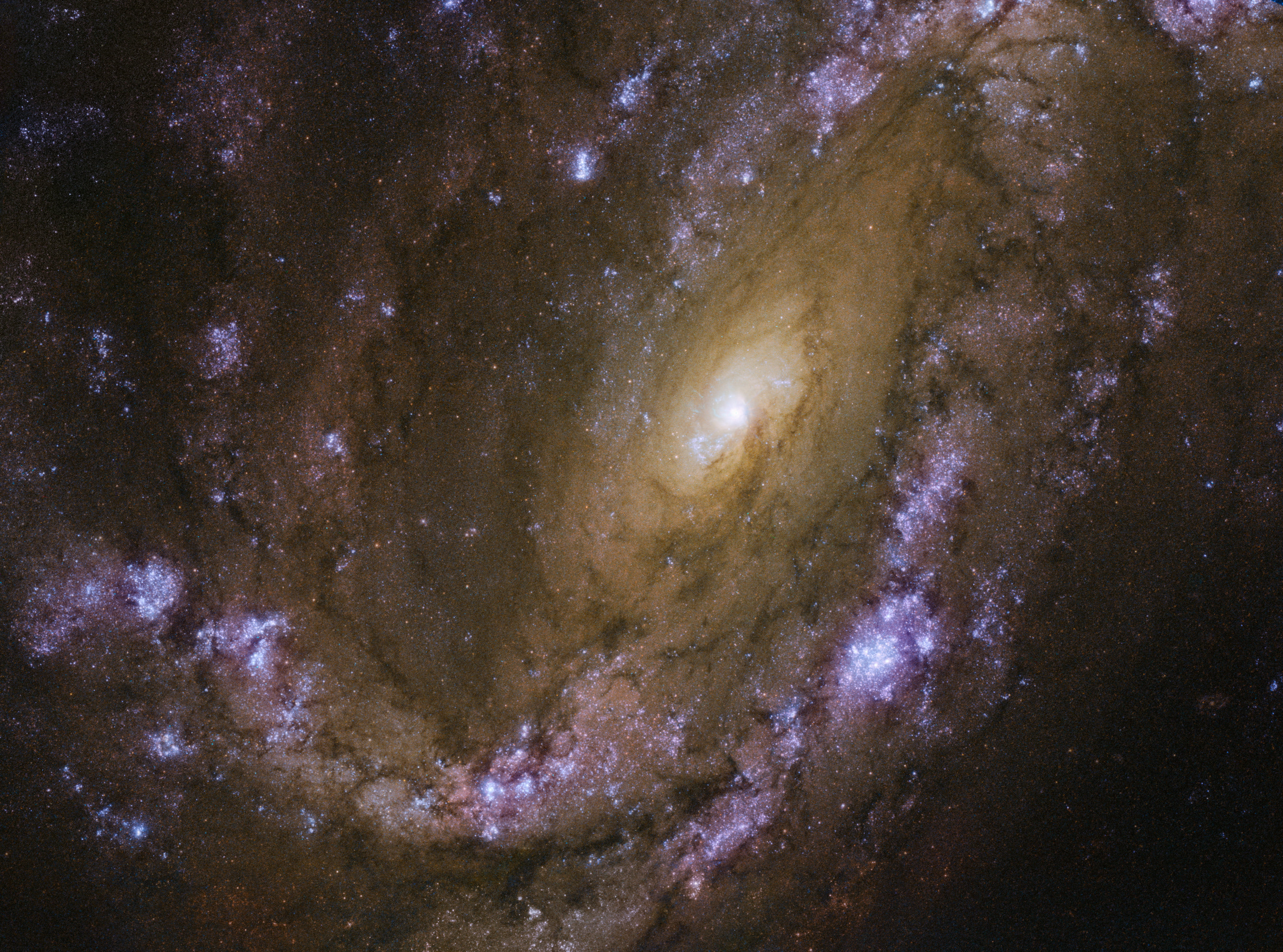
In this story, we have a headline that made me cringe. The good folks at the International Centre for Radio Astronomy Research put out a release titled, “Astronomers just got better at finding ‘bright’ black holes”.
Folks, black holes, by definition, emit no light and can not be bright.
That said, the headline “bright black holes” is way more click-worthy than “bright active galactic nuclei” and since every active galactic nucleus contains a black hole, we’re gonna cringe a bit and just move on with the story.
Deep in the hearts of some massive galaxies, disks of material can be seen spiraling in toward their central supermassive black hole. These disks can become hot enough and dense enough to glow brighter than the entire rest of the galaxy around them. In a paper in the Monthly Notices of the Royal Astronomical Society with first author Jessica Thorne, researchers describe a new image analysis algorithm that can take data from multiple telescopes, use fit models of the host galaxy and active black hole to match observations, and find out if an active black hole is needed to explain the observed light.
According to Thorne: We can identify these active black holes and look at how much light they’re emitting, but also measure the properties of the galaxy it is in at the same time. By doing both at once, we can have a better idea of exactly how the black hole is impacting its host galaxy.
This software can be used on existing catalogues, and the team is already directing their software at the GAMA and DEVILS surveys. This gives them upward of one million systems to search for active black holes and the glowing disks that surround them. We look forward to seeing what they find.
More Information
ICRAR press release
“Deep Extragalactic VIsible Legacy Survey (DEVILS): identification of AGN through SED fitting and the evolution of the bolometric AGN luminosity function,” Jessica E Thorne et al., 2021 December 14, Monthly Notices of the Royal Astronomical Society



